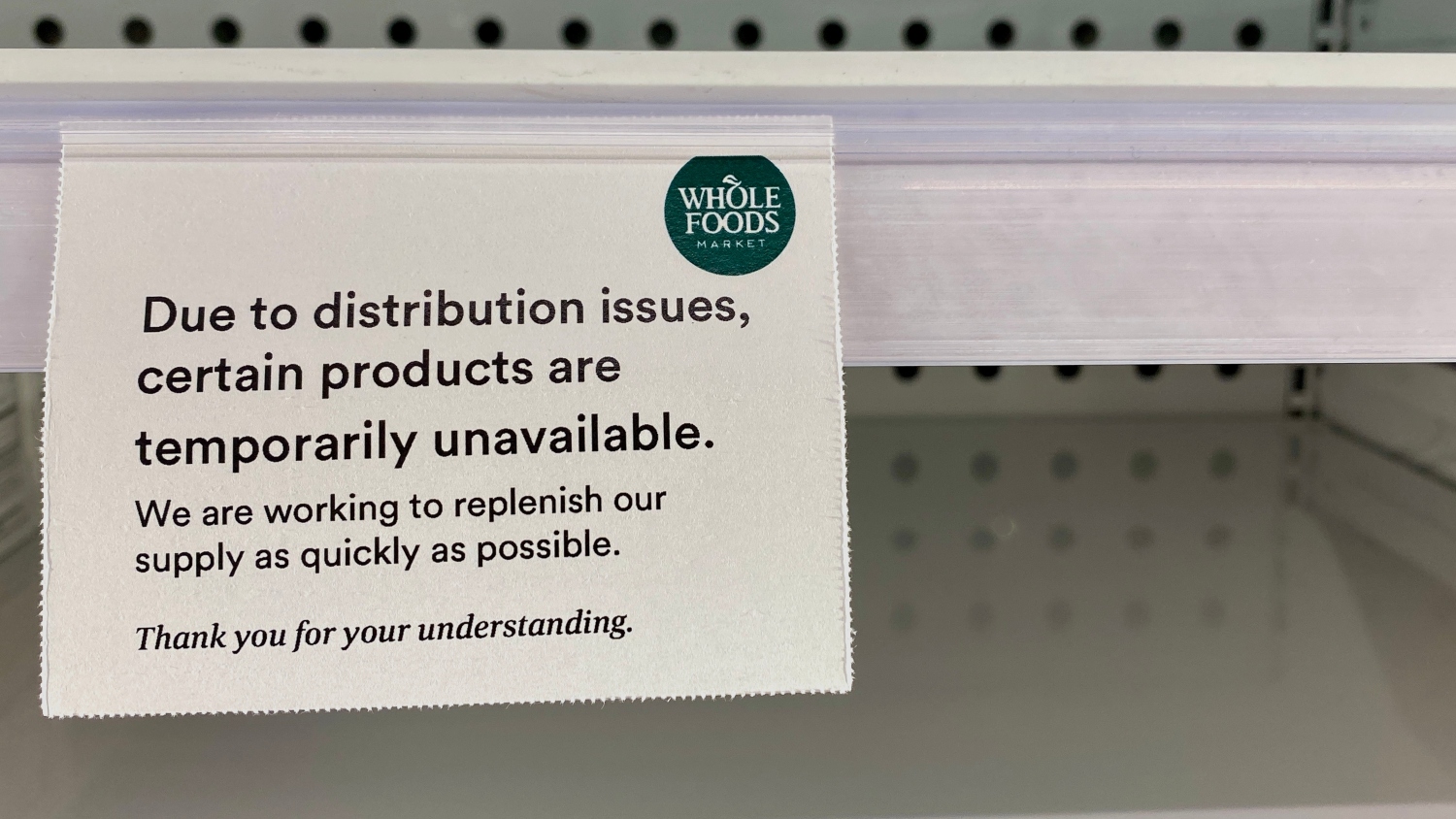Aligning Demand and Supply Management
Supply chain managers are increasingly being relied on to deliver greater returns to shareholders – and are also being held responsible for “supply chain glitches” that negatively impact a company’s stock value! The majority of supply chain glitches occur due to lack of alignment between demand planning and supply planning, which results in too much or not enough inventory, or too much/not enough capacity.
Research by Vinod and Singhal (Supply Chain Management Review, December, 2002) suggests that the average shareholder value loss associated with the six most often cited glitches are significant. Parts shortages are often caused by poor forecasting, planning, dependence on a single supplier, long leadtimes, low inventory levels, and poor communication of information. Order changes at the last minute are normal occurrences, so flexibility and responsiveness has a big impact. The importance of rapid rampup and roll out of new technologies is underscored by the significant penalties incurred when these activities are delayed. The average associated loss in shareholder value is about 8.5 percent. Further, the research shows that the economic implications are not short-run in nature; economic performance can be affected before and after the announcement of a glitch, with an average loss in shareholder value of about 18.5 percent.
How can managers prevent these glitches from happening? Very simply, through a regular review of supply and market data, and developing systems for “sensing” trends and changes, and the ability to react to them before they occur in these markets.
Supply chain problems have their root cause in a lack of communication between the four critical areas of marketing, logistics, operations, and supply management. In order to ensure well-informed decisions are made regarding customer requirements, demand forecasts, new product introduction, regional market conditions, and global logistics needs, organizations need to develop an infrastructure to collect, desseminate, and consolidate market and supply information. This is not a random process, but in fact requires that executives dedicate the resources to ensure that the process is carried out on a regular basis.
Key elements of this process involve developing both qualitative and quantitative elements of market intelligence. Formal demand planning methods such as forecasts and market analysis must be validated and indeed corrected based on competitive market intelligence, collected through direct feedback from sales representatives, product development planners, and logistics specialists. All pictures of the future market requirements including customer order winners and qualifiers, regional demand forecasts and market conditions, product development QFD’s, and global logistics requirements must be established.
On the Supply side, formal commodity research using secondary data, supply market conditions, pricing data, etc can help establish potential trends. However, such analysis must again be validated through direct engagement with key experts that are resident in your supply base. As one strategic sourcing manager at Sonoco Products recently noted to me, “I spend a lot of time hanging around paper plants, taking the engineers out to lunch, so that I can pick their brains on what is happening in the industry!” This type of informal dialogue is key to establishing an effective technology roadmap, as well as understanding supplier capability and capacity to fulfill requirements. This is especially true in periods of mergers and consolidation facing many industries in this environment, and the financial vulnerability of many suppliers in the market.
As this information is collected, it becomes the basis for a) long-term product lifecycle planning, b) sales and operations planning, and c) quarterly goals and objectives review. Each of these is a different planning and feedback process unto itself.
Product Life Cycle Planning
Most companies do not do a good job of handing off product development decisions through the major elements of product planning, product development, and product management. A well-executed stage gate process involving integrating the marketing team with engineering to keep engineering attuned to changes in the market and to get feedback back to product development within days of market introductions to maximize market acceptance can do the job effectively.
Sales and Operations Planning
Long-term product demand forecasts must in turn be combined with logistics forecasts, supply network forecasts, and global and regional facility planning reports, as well as capabilities. When a full picture of these three structural elements are combined, an annual sales and operations plan is generated that includes critical assumptions based on these long-term forecasts. In turn, a pro forma SOP is generated, and having multiple parties in the supply chain assess its impact from both a market, supply chain, and financial perspective. Each elements should have an equal say in assessing its impact on key elements of technology, supply and logistics strategy, and financial metrics, bearing in mind the total impact on the customer. In this manner, in an iterative fashion, an executable sales and operations plan begins to emerge.
Quarterly Objectives and Review
Once the plan is established, a set of impact statements should be forthcoming, which communicates in clear and certain terms the effect of this plan in terms of demand forecasts, capacity, transportation requirements, supply market requirements, and customer priorities. These impact statements should be shared with critical internal functions (sales and distribution), but also with critical suppliers and logistics channel partners. As the year progresses, on a quarterly basis critical customer metrics, supplier scorecard metrics, and sales/ customer satisfaction metrics should be tracked and reviewed in a “balanced scorecard” dashboard. This ensures that performance in all areas is not suffering due to an inappropriate strategy occurring at the expense of one or more other elements in the integrated strategy.
By effectively linking these three elements of demand and supply planning, organizations will be better prepared to deal with the uncertainties of a difficult market climate, yet be prepared to react should the economy improve…..
- Categories:


